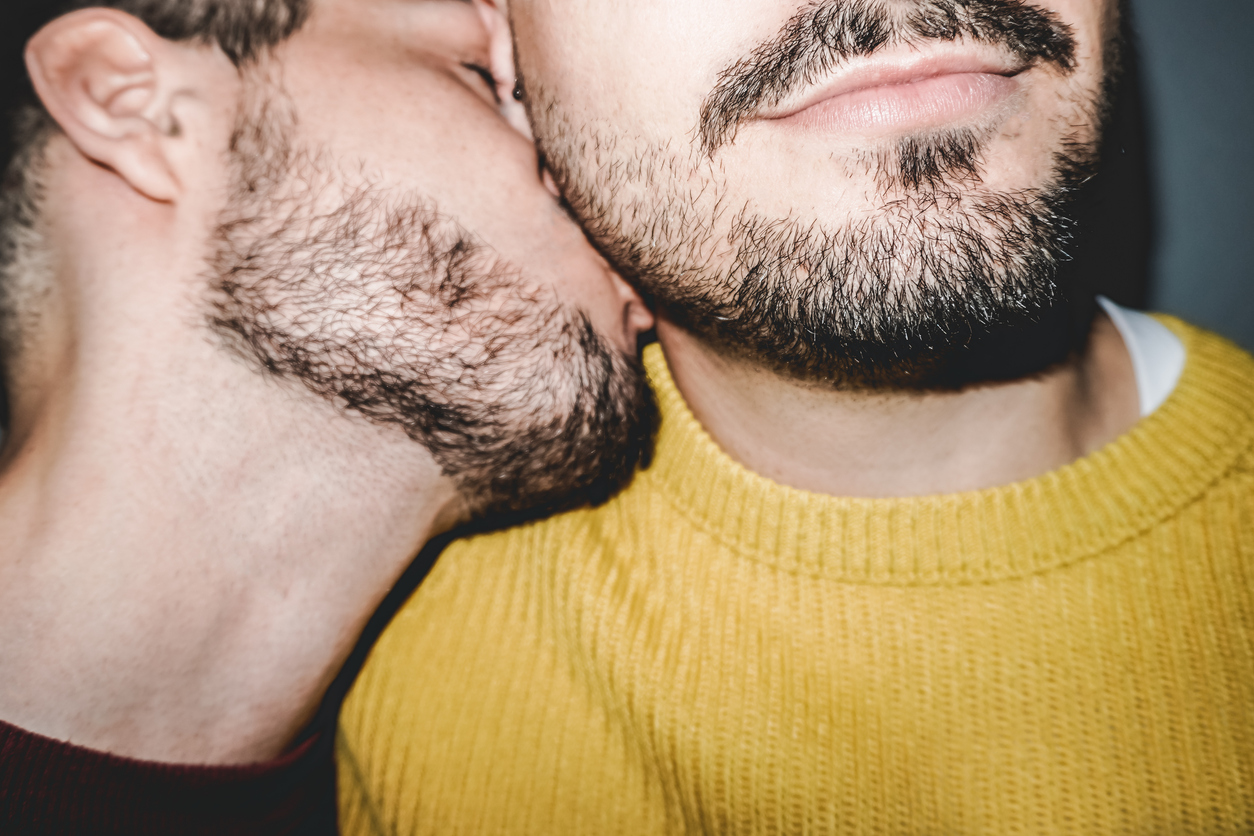“Gay Roulette” generally refers to live webcam shows or broadcasts featuring individuals who identify as gay or part of the LGBTQ+ community, engaging in various activities on camera for an online audience. These broadcasts can include a range of content, from personal conversations and interactions to more explicit adult-oriented content. The features associated with gay roulette can vary depending on the platform and the preferences of the performers and viewers, but here are some common features that you might find:
- Live Streaming: Gay Roulette involve live streaming, where performers broadcast themselves in real-time to an online audience.
- Webcam Shows: Performers interact with viewers through their webcams, allowing for real-time communication and engagement.
- Chat Interaction: Viewers often have the ability to chat with the performers and each other through text or sometimes even audio. This interaction can create a sense of community and connection.
- Private Shows: Some platforms offer the option for viewers to enter private sessions with performers, where they can request specific activities or interactions for a more personalized experience. Private shows are often paid and can provide a more intimate connection between the performer and viewer.
- Tip Systems: Many platforms have tip systems where viewers can send virtual currency (tokens, credits, etc.) to performers as a form of appreciation or to make requests. Tips are a common way for performers to earn income on these platforms.
- Tokens/Credits: Virtual currency used on these platforms, which viewers can purchase with real money and then use to tip performers or access premium content.
- Profile Pages: Performers typically have profile pages where they share information about themselves, their interests, and their boundaries. This helps viewers get to know the performers better.
- Content Variety: Performers may engage in a wide range of activities on camera, including conversations, dancing, singing, adult content, and more. The variety of content depends on the performer’s comfort level and the platform’s guidelines.
- Age Verification: Reputable platforms often have age verification processes to ensure that both performers and viewers are of legal age.
- Moderation and Safety: Many platforms have moderation systems in place to ensure that the content remains within appropriate guidelines and to prevent harassment or abuse. This can include reporting mechanisms and user blocking features.
It’s important to note that the features associated with gay roulette can differ from platform to platform, and not all content may be suitable for all audiences. Additionally, engaging in or viewing explicit adult content is a personal choice and should always be done within the boundaries of the law and with consideration for one’s own comfort and well-being.
Gay Roulette was inspired by chatroulette
Chatroulette was a website that gained popularity in the early 2010s and allowed users to engage in random video chat with strangers from around the world. The platform was created by Andrey Ternovskiy and launched in 2009. Users could connect with others through live video and text-based conversations, and they had the option to move on to another random user at any time by clicking a button. The platform’s tagline was “Welcome to the world of Chatroulette,” emphasizing the unpredictability and diversity of interactions.
The features that made Chatroulette popular included:
- Random Pairing: Chatroulette’s main feature was its random pairing of users. This element of surprise and uncertainty created a sense of excitement and curiosity, as users never knew who they would connect with next.
- Global Connections: Users could chat with people from different countries and cultures, offering a unique opportunity to experience perspectives from around the world.
- Simplicity and Ease of Use: Chatroulette was incredibly simple to use. Users just needed a webcam and microphone to get started. The minimalist design and straightforward interface contributed to its popularity.
- Anonymity: Users could choose to remain anonymous during their conversations, which encouraged a level of openness and uninhibited interaction. However, this also led to concerns about inappropriate behavior and content.
- Unfiltered Content: The lack of content filtering led to a mix of interactions, ranging from innocent and friendly conversations to explicit and inappropriate content. This unpredictability was a double-edged sword, as it attracted users looking for various types of interactions.
- Short Conversations: Users could easily move on to the next person by clicking a button, which encouraged short and fleeting conversations. This dynamic nature kept the platform engaging, but it also prevented the development of deeper connections.
- Viral Appeal: Chatroulette gained rapid popularity due to word-of-mouth and media coverage. The element of surprise and the possibility of encountering something unusual or entertaining drew users in.
However, despite its initial popularity, Chatroulette faced challenges related to inappropriate content, harassment, and privacy concerns. Many users encountered explicit and offensive material, leading to negative perceptions of the platform. As a result, the platform’s reputation suffered, and it struggled to maintain a positive user experience.
In response to these issues, Chatroulette introduced various measures to combat inappropriate behavior, including content moderation and user reporting features. Nevertheless, its popularity declined over time, and alternative platforms with more refined moderation mechanisms and targeted user communities gained traction.
The popularity of Chatroulette had waned, and its impact on online culture had diminished. It’s possible that there have been further developments or changes since then.
